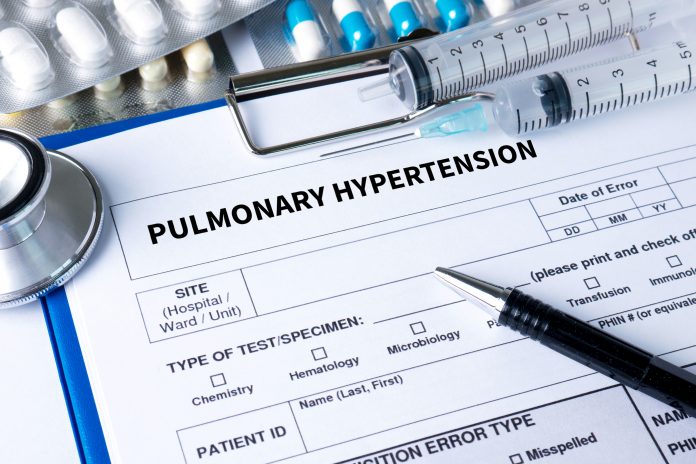May 5th is World Pulmonary Hypertension Day. This is an annual global event that raises awareness of pulmonary hypertension. Pulmonary hypertension is a type of high blood pressure that affects the arteries in your lungs and the right side of your heart. These arteries may become blocked, narrowed or destroyed, causing the right ventricle of your heart to work harder.
Symptoms of Hypertension
- Dizziness
- Fatigue
- Shortness of breath that becomes worse when you exercise
- Chest pain or pressure in the chest
- Heart palpitations or what feels like a racing heart
Some types of pulmonary hypertension have no known cause, while others are caused by heart abnormalities at birth, gene defects, certain drugs or toxins and even as a result of other diseases. If you have lung disease or problems with the valve on the left side of the heart, if you have blood disorders or if you are obese, you have an increased risk of developing pulmonary hypertension.
What can be done to manage pulmonary hypertension?
Though it cannot be cured, pulmonary hypertension can be treated and the symptoms managed. There are various types of medication available, one of which your doctor may prescribe for you. The most common medications used are:
- Vasodilators which open narrowed blood vessels.
- Calcium channel blockers which help relax the muscles in the walls of your blood vessels.
- Anticoagulants to help prevent the formulation of blood clots.
- Digoxin, which helps the heart beat stronger and pump more blood.
- Diuretics, which help eliminate excess fluid from your body. This way your heart doesn’t have to work as hard.
If medications can’t control your hypertension, you may be a candidate for surgery.
For more information on World Pulmonary Hypertension Day, click here. Find out if your area is holding an event this year to help bring awareness.
























